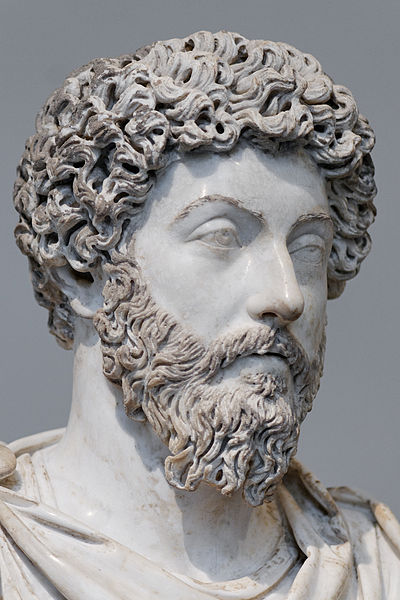A Stoic guide to our Emotions – Pt. 1: Can we trust our feelings?
Article By Gilad Sommer
 Human beings are often said to be rational creatures, but in reality we are very much emotional creatures as well. More often than not, history is a showcase of tragic actions taken by human beings overcome by their passions. And apart from these grand-scale dramas, our everyday life is full of instances where the right thing is sacrificed for the sake of the urge, the ego, the instinct.
Human beings are often said to be rational creatures, but in reality we are very much emotional creatures as well. More often than not, history is a showcase of tragic actions taken by human beings overcome by their passions. And apart from these grand-scale dramas, our everyday life is full of instances where the right thing is sacrificed for the sake of the urge, the ego, the instinct.
In great theatrical tragedies, such as the Shakespearean King Lear or Romeo and Juliet, the passionate actions taken by the protagonists lead to an unfortunate chain of events of betrayal and death.
This is the fate of characters in great dramas, but how many times the small dramas of our everyday life have developed in negative ways because of our lack of control? How many times have our passionate actions led us to a deep, dark hole?
In order to develop the necessary mastery over our emotions, the Stoics recommended we should observe and understand them first, deconstruct them by recognizing their true nature. In their writings we find a startling analysis, almost a system, of the various emotions and their causes.
At the center of their psychological teachings we find the concept of Pathes, the unhealthy passions, agitations of the soul that are contrary to reason or nature. Those are the emotions which lead us to act against our nature, and against our best interest. It is interesting that the Greeks used the same word Pathos (πᾰ́θος) to indicate both passion, and suffering. Today we use this Greek root in the words Pathology (the study of suffering), and Apathy (the lack of passion).
The Stoics, beginning with Zeno and Hecato, divide the passions to four groups1:
1. Epithumia – Craving or strong desire
A desire to possess something that holds an apparent gain for us. Anger, for example is an expression of craving, defined as the desire for punishing the person thought to have inflicted an undeserved injury.
2. Phobos – Fear
A belief of threatening evil which seems to the subject of it insupportable.
Some examples are fear of disgrace and the fear of impending work.
3. Hêdonê – Pleasure
Newly formed belief of present good, and the subject thinks it right to feel enraptured [14].
Malice is one type of such pleasure, which is the enjoyment of another’s ills.
4. Lupê – Sorrow (form of suffering)
A newly formed belief of present evil, the subject of which thinks it right to feel depression and shrinking of soul.
Envy, a distress caused by another person’s prosperity, is a form of irrational sorrow.
As can be seen, the passions are based on appearances, that is, on our interpretation of reality. They result from false value judgements.
Objective reality makes an impression (Phantasia) on our souls. This impression feeds the passion and causes us to react.
The philosopher aims to reflect (Dianoia) on the true nature of these impressions, and guided by the inner Hegemonikon, our ruling part, to act according to true value judgements.
The philosopher is vigilant, observes within, and is not led by impressions. He chooses to act according to reason.
For example, we may feel craving for a certain object, thinking it will be good for us. Yet we all know that many times we crave for things that are clearly not good for us, i.e, junk food or other addictions. In that sense, we are acting against our best interest, that is, we are acting irrationally. On the other hand, there are many things we dislike or fear, yet may be good for us in the long term.
This is what the Buddhist and Greek philosophers defined as the greatest evil – ignorance. That is, the false perception that what is good is bad and vice versa. The poison is seen as a blessing, and the blessing as poison.
We cannot trust our feelings so long as they are not purified by the light of reason. The aim is to release ourselves from the effect of ignorance-based passions, and to nurture the positive sentiments of the sage – joy, caution and wishing.
Continued in Part II.
1 English definitions are based on the translation of Cicero’s Tusculan Disputations by J. E. King.
Image Credits: By Garry Knight | Flickr | CC BY 2.0
The entity posting this article assumes the responsibility that images used in this article have the requisite permissionsImage References
By Garry Knight | Flickr | CC BY 2.0
Permissions required for the publishing of this article have been obtained




Thank you for this. It’s very helpful!